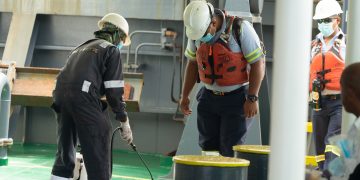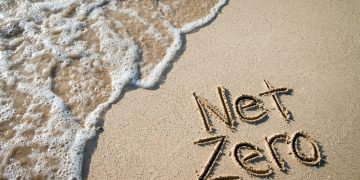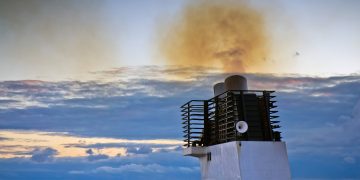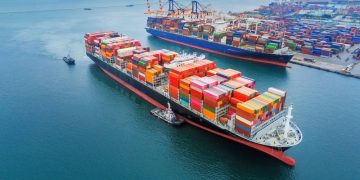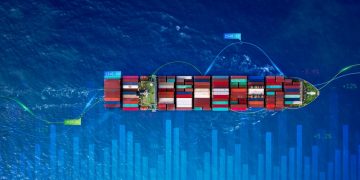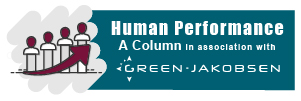Lately, there has been a growing demand for proper sustainability management in a range of sectors. However, have you ever wondered how many of the organizations implementing a sustainable programme are actually sustainable? The key question to be addressed is: How does an organization measure its sustainability, not how manages it!
The US’s Governance & Accountability Institute revealed that 82% of the S&P 500 (Standard & Poor’s 500) Index issued sustainability reports in 2016, but corporates are not divulging what’s imporant: 76% of the reports failed to disclose any metrics, and 53% simply used bland, boilerplate language that offered no insight.
How sustainability is being measured
Finding solutions to one problem, involves tackling other related challenges.Sustainability measurement is the quantitative basis for the informed management of sustainability. The metrics used for the measurement of sustainability are still evolving including indicators benchmarks, audits, indexes and accounting, as well as assessments and appraisals or other reporting systems.
According to the World Economic Forum, The Global Reporting Initiative (GRI) is perhaps one of the most prominent reporting frameworks available to corporations.
The GRI guidelines indicate that a typical report should consist of the following elements:
- vision and strategy
- governance structure and management
- GRI content index and performance criteria (economic, environmental and social)
Such disclosures are usually based on ‘materiality’ which is defined by GRI as criteria that reflect a company’s significant economic, environmental and social impacts or that would substantively influence the assessments and decision of stakeholders.
However, there are varying performance benchmarks employed too and conflicting tools in use even within the same geographical boundaries while almost every country has its own framework with regards to sustainability tools, for example
- Green Star is used in Australia,
- Building Research Establishment Assessment Method (BREEAM) is used in the UK,
- Leadership in Energy and Environmental Design (LEED) is used in the US
- Green Building Index (GBI) is used in Malaysia.
Why measuring sustainability matters?
In response to the increasing global challenges all organizations face, from limiting their carbon emissions to managing their water resources, leadership, scientific rigor, and professional practice are important to form a unique interdisciplinary community dedicated to making lasting advances in global sustainability practice. Measuring sustainability can help them with tracking and assessing progress, evaluating sustainability tradeoffs, meeting or anticipating new requirements, finding programmatic barriers, rewarding excellence, and communicating benefits and goals.
Sustainable development is development that meets the needs of the present without compromising the ability of future generations to meet their own needs.
(Brundtland Commission Report, 1987)
Operators should have in mind that although the benefits may not be seen promptly, CSR should never be seen as a waste of time.
SAFETY4SEA launched for the first time the ‘Shipping CSR500 Survey’ in 2016 with the aim to set out an index illustrating the real progress that Corporate Social Responsibility (CSR) has made so far in the industry. The survey assessed the compliance with CSR principles of 500 organizations, operating in more than 30 different countries. Namely, the index monitors the CSR level of 15 sectors of shipping industry by examining 10 factors according to ISO 26000 requirements and CSR strategy of EU.
The survey analysis revealed a slight increase in the engagement to CSR practices, compared with 2017 results. Specifically, the organizations have increased their CSR performance to 52.1% (51.2% in 2017) however the industry still needs to make progress for a widespread adoption. For the effective implementation across all 15 sectors, a long-term vision and strategy in terms of CSR is required along with focus on improving both their environmental and social performance.










